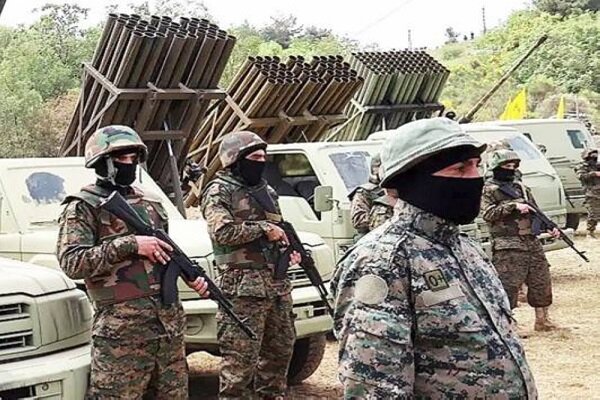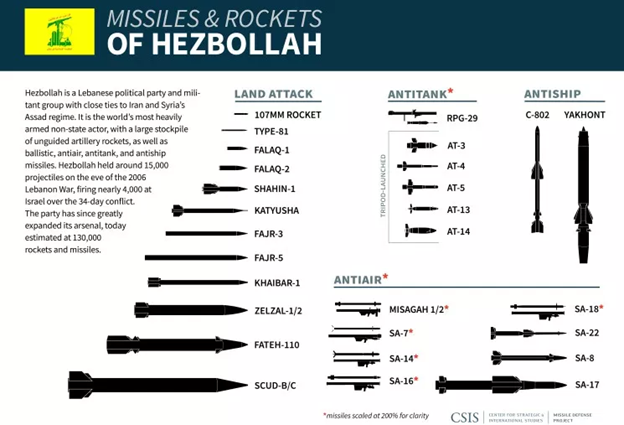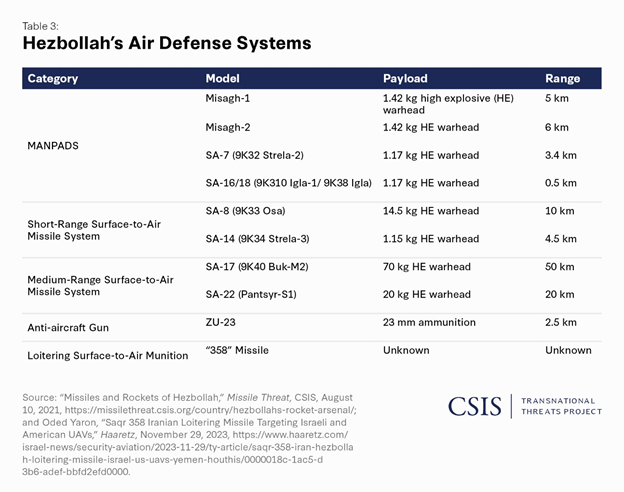Why is Israel vulnerable to Hezbollah?

Mehr News, International Group: With the increase of media-political whispers about the possibility of an expedition and attack by the regime Zionists to South Lebanon, speculations about the level of readiness of the resistance for the ground invasion of Israeli armored units and at the same time inflicting a counter blow on the Zionist enemy have intensified. During the 33-day war, Hezbollah was able to stop the advance of the Israeli army and force the occupiers to retreat once again by having an arsenal equipped with 15,000 missiles and relying on its elite forces.
Hezbollah’s military talents
According to the information published by Hezbollah, the number of forces of this movement is estimated to be around 100 thousand people. Of course, some western sources also announced this number as 50,000 people (30,000 active forces and 20,000 reserve forces). These forces operate based on the principle of decentralized command and use the principle of stealth in urban warfare to attack enemy forces. According to Sky News, the number of missiles of this Lebanese group reaches 100,000, but some sources stated this figure to be 150 to 200 missiles. The key point is that Martyr Seyyed Mohammad Hosseinzadeh Hejazi played an important role in improving the quality and accuracy of Lebanon’s Hezbollah missiles.
Among the rockets of the Lebanese resistance, we can mention “Raad”, “Fajr”, “Zelzal” and “Fatih”, the simultaneous launch of which makes it possible to target the infrastructure It will provide vital facilities in Occupied Palestine, such as ammonia storage tanks in the port of Haifa. Another strategic weapon of Hezbollah in the battle with the Israeli army is the “Mursad”, “Karar” and “Ayoub” drones, which can directly target this defense system while occupying the Iron Dome. During the last few days, the publication of pictures of the targeting of the Iron Dome system by Hezbollah’s “Almas” missiles has been one of the latest surprises of the resistance for the regime’s defense units. Anti-tank and anti-ship missiles are another nightmare of the Zionists in a possible battle with the Zionists, which can revive the memories of the 33-day war.
Hezbollah has a network of tunnels and trenches on the border between Lebanon and occupied Palestine, which can surprise the enemy at different border points during the war. These secret tunnels allow Hezbollah to target Israeli tanks and armored vehicles with snipers, anti-armor missiles and light drones. The use of this tactic in the 33-day war of 2006 caused the Israeli army forces to get stuck in southern Lebanon and put them in a defensive position. These hideouts even have the potential to become mobile locations for deploying missile-drone missiles. Another capacity of this hidden network is the penetration of Hezbollah forces deep into the occupied territories and the deployment of road mines on the path of the Israeli army convoy. By using the natural situation of the northern front, Hezbollah’s asymmetric forces can hit the Israeli enemy much more effectively than 17 years ago and force it to accept a ceasefire.
The Northern Front, the decisive battle and the change of regional order
According to the series of events after the 7th of October, there is a possibility that after the possible attack of the Zionist regime on Lebanon, American ships will once again be stationed in the eastern Mediterranean Sea. America’s offensive-intelligence systems should be provided to Tel Aviv. Considering the importance of this war in the formation of the future order of the West Asian region, none of the parties to the conflict have the intention to leave behind their “ally” and leave the field to the rival.
Even if Tel Aviv can achieve a significant achievement in the Gaza Strip, the shadow of the threat of resistance will still remain on occupied Palestine. With the revelation of internal weakness and the inability of the Zionist regime to ward off security threats, there is a possibility that foreign investors will gradually find new ways to transport their goods in the three continents of Asia, Europe and Africa.
Experts in the field of international relations believe that in order for the Zionist regime to continue to be an attractive place to be in the value supply chain of the Chinese or the West, it must first prove events such as the Al-Aqsa storm operation and After that, the war of attrition in Gaza will not be repeated. Based on this, there is a possibility that Israel will choose an all-out war instead of relying on diplomatic negotiations to establish security on the northern borders and seek to weaken Hezbollah on the northern borders. Now we have to wait and see if Netanyahu will accept the risk of attacking Lebanon or will prefer to choose the policy of tension control.
Bahre Sakhan
The conflict and war between Hezbollah and the Zionist regime goes back to the early 1980s. Basically, the philosophy behind the creation of this Lebanese group was to expel the occupying forces from the territory of this Arab country and to prevent the Zionists from invading Lebanon again. The wars of 2000 and 2006 provided the ground for pushing back the Israeli forces and consolidating this historical achievement through Security Council Resolution 1701. After the Al-Aqsa storm operation and the escalation of tensions in the northern front, the possibility was raised by experts that a new battle between Hezbollah and Israel may start again after 17 years. Despite some diplomatic efforts by the United States, France and Qatar to prevent this scenario from happening, it seems that the scope of tensions has reached a new level and there is a possibility of the Zionists marching towards the south of Lebanon at any moment.




